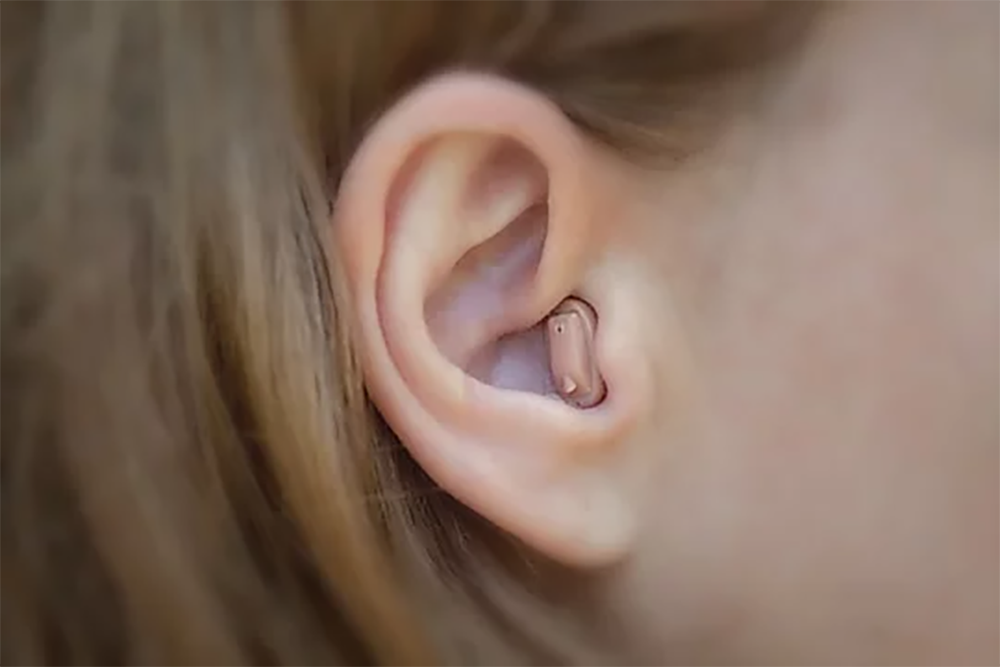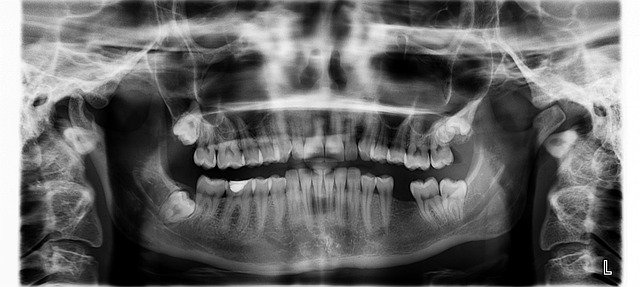Explore Modern Hearing Aids for Everyday Sound Support
Modern hearing aids have revolutionized the way people experience sound, offering sophisticated technology that goes far beyond simple amplification. Today's devices combine advanced digital processing, wireless connectivity, and customizable features to provide natural, clear hearing across various environments. Understanding these innovations can help you make informed decisions about hearing support solutions.

What Are the Latest Advances in Hearing Aid Technology?
Modern hearing aid technology has made remarkable strides in recent years. Digital signal processing now allows devices to differentiate between speech and background noise, automatically adjusting settings for optimal hearing. Many contemporary hearing aids feature Bluetooth connectivity, enabling direct streaming from smartphones and other devices. Artificial intelligence and machine learning capabilities help these devices learn user preferences and automatically adapt to different sound environments.
How Do Different Types of Hearing Aids Compare?
Several main categories of hearing aids are available to suit various needs and preferences:
-
Behind-the-ear (BTE): Larger devices that sit behind the ear
-
In-the-ear (ITE): Custom-molded to fit within the outer ear
-
In-the-canal (ITC): Smaller devices that fit partially in the ear canal
-
Completely-in-canal (CIC): Nearly invisible devices that fit deep in the ear canal
-
Receiver-in-canal (RIC): Combining BTE discretion with improved sound quality
What Features Should You Look for in a Hearing Aid?
Key features to consider when selecting a hearing aid include:
-
Directional microphones for better speech understanding
-
Feedback cancellation to prevent whistling
-
Wind noise reduction for outdoor comfort
-
Smartphone app connectivity for easy adjustments
-
Rechargeable batteries for convenience
-
Telecoil compatibility for use with loop systems
-
Moisture resistance for durability
How Can You Maintain Optimal Hearing Aid Performance?
Regular maintenance is crucial for hearing aid longevity and performance. Daily cleaning with a soft, dry cloth helps prevent wax buildup. Keep devices away from moisture and heat sources. Replace batteries or charge devices as recommended. Schedule professional cleaning and maintenance checks every 4-6 months. Store hearing aids in a dehumidifier case when not in use.
Understanding Hearing Aid Fit and Comfort
Proper fit is essential for both comfort and optimal performance. A professional fitting ensures:
-
Correct physical fit within or behind the ear
-
Appropriate sound levels for your specific hearing loss
-
Minimal feedback or whistling
-
Comfortable wear throughout the day
-
Clear sound quality across frequencies
Modern Hearing Aid Options and Price Ranges
| Type | Features | Estimated Price Range (AUD) |
|---|---|---|
| Basic Digital | Standard noise reduction, feedback management | $1,500 - $3,000 |
| Mid-Range | Bluetooth, directional microphones, app control | $3,000 - $5,000 |
| Premium | AI processing, advanced features, rechargeable | $5,000 - $8,000 |
| Ultra-Premium | Custom technology, maximum features | $8,000 - $12,000 |
Prices, rates, or cost estimates mentioned in this article are based on the latest available information but may change over time. Independent research is advised before making financial decisions.
Modern hearing aids represent a significant investment in quality of life, offering sophisticated technology to address varying degrees of hearing loss. While features and prices vary widely, working with hearing healthcare professionals can help identify the most suitable option for individual needs and lifestyle requirements.
This article is for informational purposes only and should not be considered medical advice. Please consult a qualified healthcare professional for personalized guidance and treatment.




